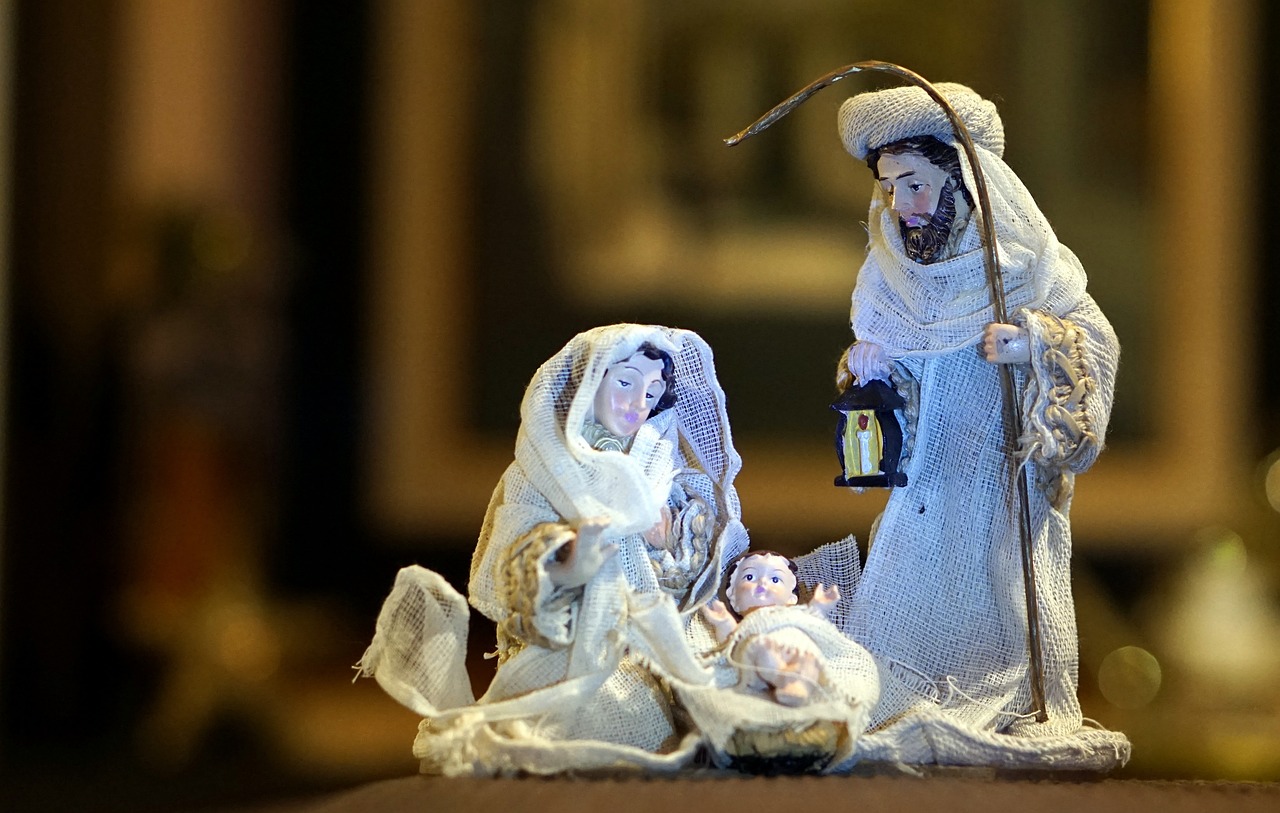-
Achilleus serves as the focal point in Homer’s Iliad, embodying a complex blend of heroism and antiheroism. The narrative begins with a powerful invocation: “Sing, goddess, the wrath of Achilleus, son of Peleus.” This rage defines Achilleus and leads to catastrophic outcomes for the Achaeans, resulting in the deaths of many heroes and leaving them…
-
Years ago, I had the fortune of befriending George, a historian with a keen interest in ancient Celtic culture and myths. During our discussions in a pub, he passionately shared the lesser-known stories of Celtic deities associated with creativity – specifically, the god Gobhniu and his divine companions, Luchta and Creidhne. Enthralled by their captivating…
-

Introduction to Ceres: The Roman Goddess of Agriculture Ceres, the Roman goddess of grain and agricultural fertility, encompasses broader connections with femininity, motherhood, the underworld, civil order, and the defense of the plebeians. A significant aspect of her mythology aligns closely with the Greek goddess Demeter, particularly in her narrative of mourning for her daughter,…
-

Uranus, known in Greek mythology as Ouranos, embodies the heavens and sky. His Roman equivalent is Caelus. Born from Gaia, the Earth, he was deemed her equal. Their union brought forth twelve Titans, three Cyclopes, and three Hecatoncheires. However, Uranus despised his offspring and concealed them deep within the earth, prompting Gaia and their son…
-

Tiger nuts, often confused with nuts due to their name, are actually tubers — the bulbous roots of a grass-like plant known as yellow nutsedge (Cyperus esculentus lativum). Commonly referred to as chufa nuts, these fascinating little tubers have historic roots, having been consumed for centuries, including being found in ancient Egyptian tombs for posthumous…
-
Irish and Welsh mythology abounds with enigmatic figures that capture the imagination. However, countless narratives have vanished over the ages, largely due to their oral transmission across generations. Yet, one remarkable tale partially withstands the test of time, focusing on Arawn, the monarch of the Otherworld in Celtic and Welsh traditions. Arawh’s story is as…
-

Belenos: The Gaulish God of Light Overview Belenos, pronounced as BEL-en-ohs, is a notable Gaulish deity associated with brightness and light. His name, which can also be found under variations like Beli, Beli Mawr, and Belinus, suggests a meaning linked to illumination, emphasizing his role in celestial energies. Cultural Connections Primarily regarded as the Gaulish…
-
Explore the enchanting tales and narratives surrounding Ogma, the Celtic deity famous for his eloquence, wisdom, and might. This compelling figure is immortalized in various myths that exhibit his heroic deeds, linguistic accomplishments, and interactions with other legendary beings. Journey through the rich tapestry of Celtic mythology, uncovering the significance of Ogma’s presence, as we…
-
Serket: The Guardian Goddess of Ancient Egypt Serket, known variously as Serqet, Selkis, and Selket, is a revered goddess in ancient Egyptian mythology, symbolizing protection and intricately associated with scorpions. Her worship gained prominence in Lower Egypt during the Predynastic Period (circa 6000 – 3150 BCE), establishing her as one of Egypt’s ancient deities. Serket…
-

The ancient religion of Egypt refers to the indigenous beliefs held in ancient Egypt from the early predynastic era, approximately the 4th millennium BCE, until the gradual disappearance of these traditional practices in the first centuries CE. To gain a comprehensive understanding, one should consult the historical context of Egypt. Nature and Importance of Egyptian…


